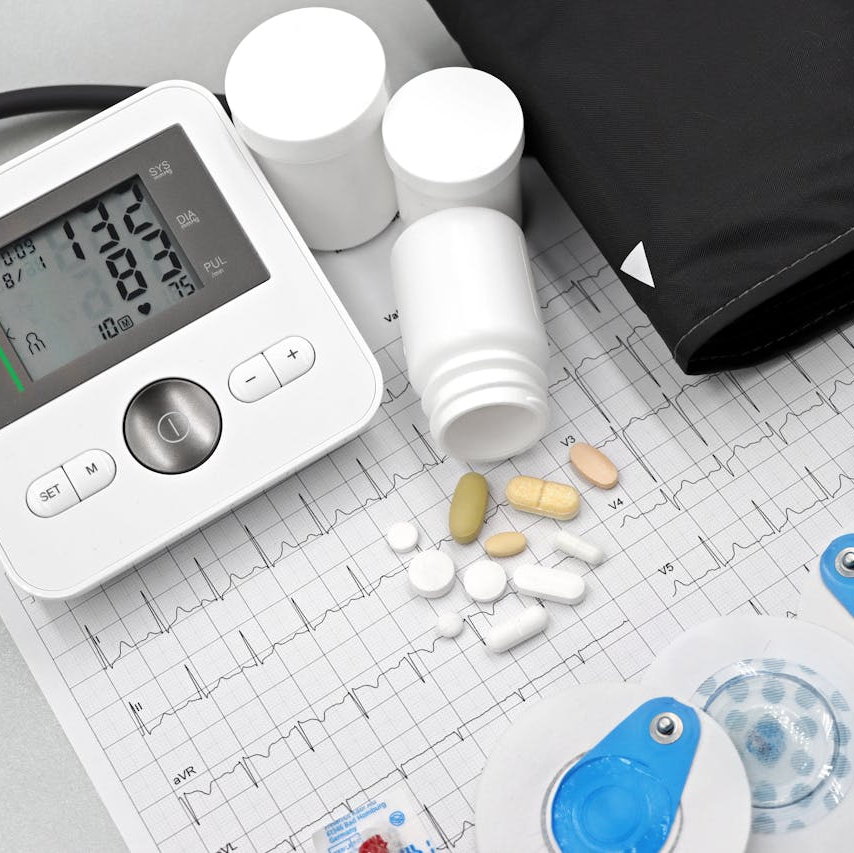Key Takeaways
-
Medicare Part D now includes a $2,000 annual cap on out-of-pocket prescription drug costs, bringing significant financial relief for beneficiaries in 2025.
-
This change offers improved predictability in medication expenses, ensuring you have greater control over healthcare budgeting.
Understanding Medicare Part D in 2025
Medicare Part D, which provides prescription drug coverage, has undergone a significant overhaul this year. One of the most impactful updates is the introduction of a $2,000 annual cap on out-of-pocket prescription drug costs. This change directly benefits millions of beneficiaries, including USPS workers and retirees like you, by offering protection against high drug expenses. Let’s break down what this means for you.
How the New $2,000 Cap Works
The $2,000 annual cap applies to the amount you spend out of pocket on prescription medications covered under your Part D plan. Here’s how it works:
-
Spending Limit: Once your out-of-pocket costs reach $2,000, you’ll no longer pay for covered medications for the rest of the year.
-
Tracking Costs: Out-of-pocket costs include your deductible, copayments, and coinsurance for prescriptions, but not your plan’s premiums.
-
Benefit Continuity: You’ll continue to receive your medications without interruptions, even after reaching the cap.
This new feature eliminates the infamous “donut hole” coverage gap that previously left beneficiaries paying higher costs for prescriptions after reaching certain thresholds.
Who Benefits the Most?
This change is particularly advantageous for beneficiaries who rely on high-cost or long-term medications. If you’ve found yourself delaying or avoiding essential prescriptions due to cost concerns, the $2,000 cap ensures you’ll have access to the care you need without worrying about financial strain.
What This Means for USPS Workers and Retirees
As a USPS worker or retiree, you’re likely already navigating various federal benefits, including health coverage through the Postal Service Health Benefits (PSHB) program or Medicare. With this new cap:
-
Budget-Friendly Healthcare: You can plan more effectively for your annual healthcare expenses.
-
Reduced Financial Stress: If you’re managing chronic conditions, this change offers peace of mind by limiting your costs.
-
Integration with PSHB: Many USPS retirees also use Medicare Part D alongside their PSHB plan. These plans often coordinate benefits to further minimize your costs.
Key Dates and Timelines
It’s important to understand when and how this change affects you:
-
Effective Date: The $2,000 cap is in place for the entire 2025 calendar year.
-
Annual Enrollment Period: From October 15 to December 7 each year, you can review and adjust your Medicare Part D coverage.
-
Prescription Payment Plan: New in 2025, this feature lets you spread your out-of-pocket drug costs over monthly payments for better financial flexibility.
Maximizing Your Medicare Part D Benefits
To make the most of your Part D plan, follow these tips:
1. Review Your Plan Options
During the Annual Enrollment Period, compare your current plan to others. Look for plans with:
-
Comprehensive formularies covering your prescriptions.
-
Affordable premiums and minimal cost-sharing requirements.
2. Monitor Your Drug Costs
Keep track of your out-of-pocket spending throughout the year to anticipate when you might reach the $2,000 cap. Your plan should provide regular updates on your spending.
3. Coordinate with Other Benefits
If you’re enrolled in the PSHB program, ensure your coverage works seamlessly with Medicare Part D. Check if your plan offers additional savings or reimbursements for Part B premiums or drug costs.
4. Utilize Preventive Services
Medicare Part D plans often cover preventive medications at reduced or no cost. Use these benefits to stay healthy and avoid higher expenses later.
Addressing Common Questions About the Cap
1. Does this cap apply to all medications? Yes, it applies to all medications covered under your Medicare Part D plan. However, non-formulary drugs or medications not covered by your plan are excluded.
2. Will my premiums count toward the $2,000 limit? No, premiums are separate from out-of-pocket drug costs and do not contribute to the cap.
3. Can I use the $2,000 cap with other assistance programs? Absolutely. If you qualify for programs like Extra Help, your out-of-pocket costs may be even lower.
4. How does the Prescription Payment Plan work? This optional program lets you divide your out-of-pocket costs into manageable monthly payments over the calendar year, easing the financial burden.
What to Watch For in 2025 and Beyond
This $2,000 cap is just one of many changes to Medicare. Keep an eye out for updates on:
-
Plan Enhancements: Medicare is constantly evolving, with potential for additional benefits in future years.
-
Cost Adjustments: While the cap remains stable, premiums, deductibles, and other costs may fluctuate annually.
-
New Enrollment Opportunities: Special Enrollment Periods may open for those experiencing life changes, like moving or retiring.
Steps to Take Today
-
Check Your Coverage: Confirm your current Medicare Part D plan’s details to ensure it aligns with your needs for 2025.
-
Contact Your Plan Administrator: If you have questions about how the $2,000 cap works, reach out to your plan for clarification.
-
Explore Coordination Options: USPS retirees with PSHB coverage should review how their benefits interact with Medicare Part D.
A New Era for Medicare Part D Beneficiaries
The introduction of a $2,000 annual cap on out-of-pocket prescription drug costs represents a monumental shift for Medicare Part D. It provides predictable, manageable costs for medications, ensuring you can focus on your health rather than your budget. Whether you’re a USPS worker approaching retirement or a retiree already navigating Medicare, this change offers real value and peace of mind.











